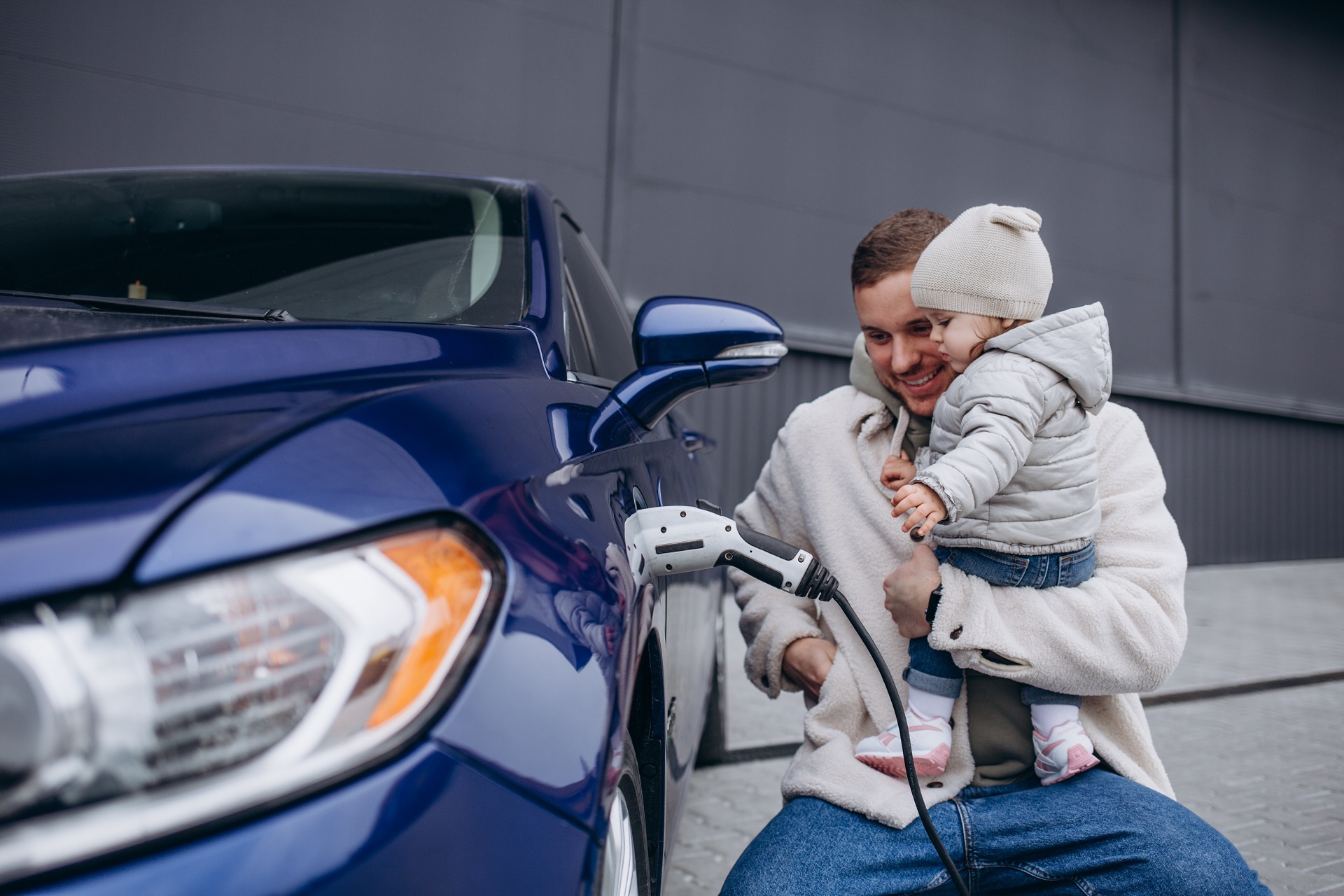Vaccines, variants and vigilance — here’s how to navigate this
flu season›››
Quick-charge EV solution
No more waiting 8 hours to run errands in yourelectric car 6 Oct 2025

Picture this — your Volkswagen ID.5 electric vehicle’s 82-kilowatt battery is on empty and your baby needs diapers. The grocery store is too far to walk to and it’s storming outside. Your charge-point speed is 22 kilowatts, which is considered fast but is still going to take eight hours.
Most EV owners don’t wait until the battery is empty to charge, but this scenario is a possibility and those charging stations are big and bulky. But they might not be much longer.
A new study published in IEEE Xplore suggests there’s a better way: a cascaded H-bridge converter that creates multiple DC ports directly, without extra battery banks or bulky, insulated transformer windings.
A low-voltage inter-module transformer that balances power between ports is the key.
That means each charging outlet can operate independently, while the grid still sees a clean, efficient power draw.
A lab prototype showed 95.3 percent efficiency, handled uneven car-charging loads and kept running smoothly even when grid voltage dipped.
As EV sales increase and charging hubs scale up, this design is simpler, trims cost and makes it easier to integrate renewable energy and storage.
More like this: My electric vehicle has a weight problem
Get the latest articles, news and other updates from Khalifa University Science and Tech Review magazine
